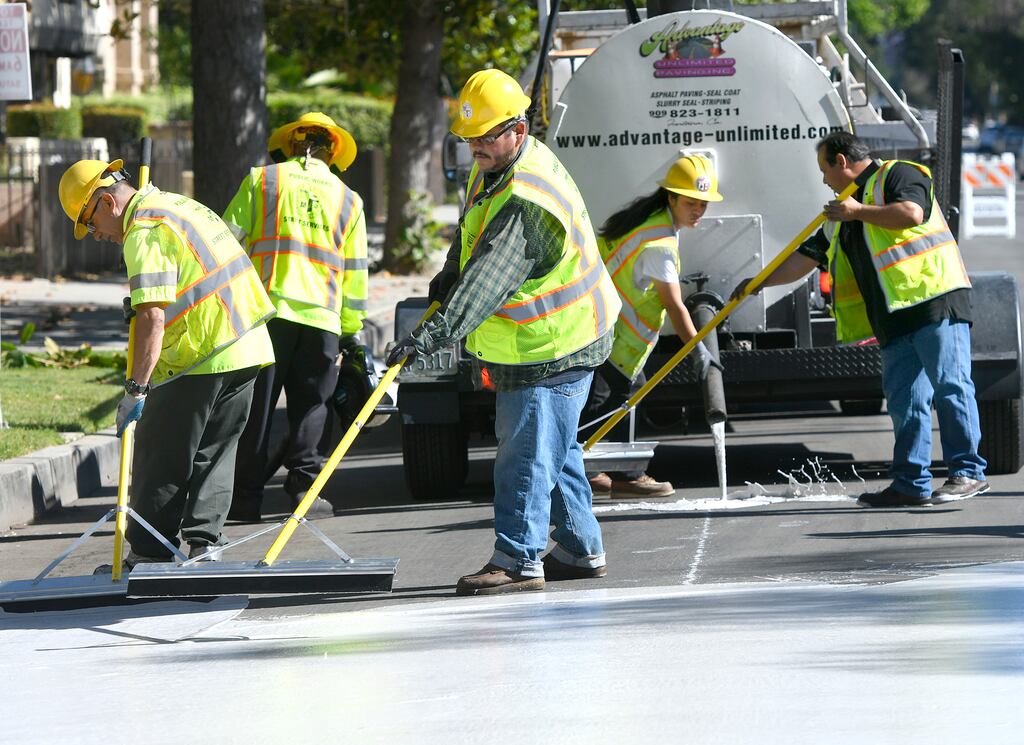With temperatures reaching such highs over the past few days, and heatwaves only likely to become more frequent, it might be useful to see how other sun-scorched regions have adapted their cities to cope.
On a trip to Dubai a few years ago, I was shown a new outdoor shopping street that had apparently been carefully tuned to the desert climate. It was presented as a novel concept for this indoor-shopping-mall-addicted nation, designed in the manner of a pedestrian precinct familiar to those in less arid climes. A merciful breeze wafted along the pavement, and I wondered what clever environmental design allowed the street to feel so much cooler than the rest of the sweltering city.
“Outdoor air conditioning,” came the answer. Sure enough, between each shop unit, rows of jets were busy pumping processed icy air out into the 40-degree heat. Meanwhile, around the back of the block, generators spewed out hot exhaust air, making other streets even more insufferable for those outside the chilled private precinct.
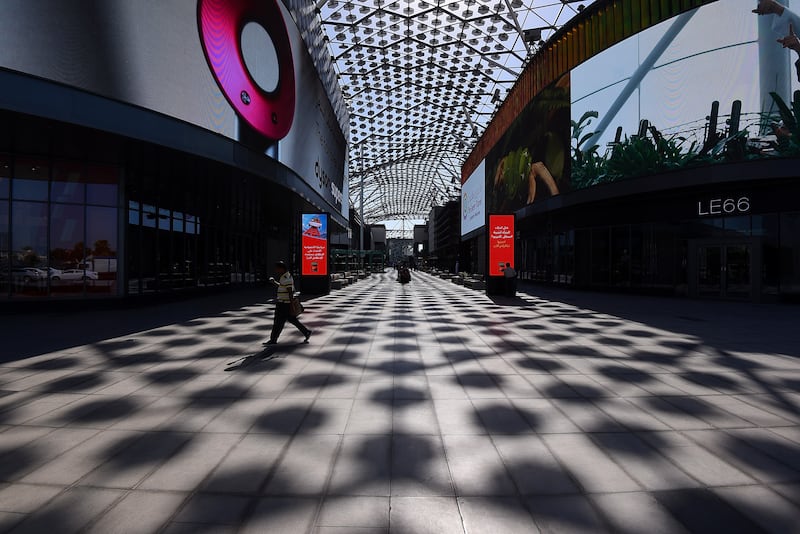
As temperatures soar across the world, with Madrid set to feel like Marrakesh by 2050, and even London expected to feel like Barcelona, there’s a danger that outdoor AC units could soon become just as ubiquitous as the patio gas heater — the colossal emissions of both accelerating the extreme weather that they are designed to mitigate.
READ MORE
Air conditioning is almost uniquely power-hungry, and its use is only set to grow. The United States expends as much energy on it each year as the UK uses in total, while during a recent heatwave in Beijing, half of the city’s power capacity was going on AC. As hot, developing nations become more prosperous, and prosperous nations become hotter, the International Energy Agency estimates that the energy spent on air conditioning will triple by 2050 — a growth equivalent to the current electricity demand in the US and Germany combined.
So how can we adapt our buildings, streets and public spaces to cope, without resorting to pumping out energy-hungry, mechanically chilled air and further heating our planet in the process?
The biggest cause of the urban heat-island effect — which can make cities up to 10 degrees warmer than neighbouring rural areas — is the stuff they are made of: hard, dark, dense materials like concrete, brick, tarmac and asphalt, which absorb the sun’s heat during the day, and reradiate it at night. It sounds too simple a solution, but some argue that one of the most effective measures to cool cities down is to make their surfaces reflect light, rather than absorb it — particularly where you might not think to look: up on the roof.
The future will not be about high-tech mechanical solutions but about getting the basics right, learning from vernacular techniques that have been tried and tested for centuries
Researchers at the University of Oxford found that making the rooftops of buildings a lighter, more reflective colour could reduce daytime temperatures by up to 3 degrees during a heatwave. That might not sound like a huge difference, but the scientists concluded that such a drop could reduce the number of heat-related deaths by up to a quarter, an enormous life-saving measure if the UK experience is anything to go by — there were more than 2,500 excess deaths from heat there during its 2020 heatwave.
“Cool roofs can be really simple,” says one of the authors of the study, Dr Clare Heaviside, who is now associate professor at University College London’s Institute for Environmental Design and Engineering. “Think of Mediterranean countries, where the houses are painted white. The more reflective the rooftop, the lower the surrounding air temperature will be.”
The modelling study, which focused on Birmingham and the English West Midlands, found that the type of building made a difference, too. Modifying only half of the industrial and commercial buildings, with their expansive rooftops, had the same impact on lowering temperatures as adapting all of the residential buildings in the city — suggesting that real change could be easily implemented with a tweak to planning policy.
In the US, the roof-lightening crusade is already under way. Research by Nasa has shown that a white roof in New York City can be 23 degrees cooler than a typical black-asphalt roof on the hottest day of summer. The city’s Cool Roofs campaign, which was launched in 2009, has already seen more than 900,000 sq m of roof space covered in a white reflective coating, saving almost 4,000 tonnes of carbon dioxide a year from cooling emissions.
Meanwhile, the road-riddled city of Los Angeles faces a different dilemma: more than 10 per cent of the urban land area is black asphalt, which absorbs up to 95 per cent of the sun’s energy. In response, the city has trialled painting roads with a white reflective coating — at a cost of $40,000 a mile. Initial measurements showed the coating could reduce temperatures by up to 5 degrees, although others have suggested that, although the road surface itself may be cooler, the reflected sunlight actually makes nearby pedestrians feel much hotter.
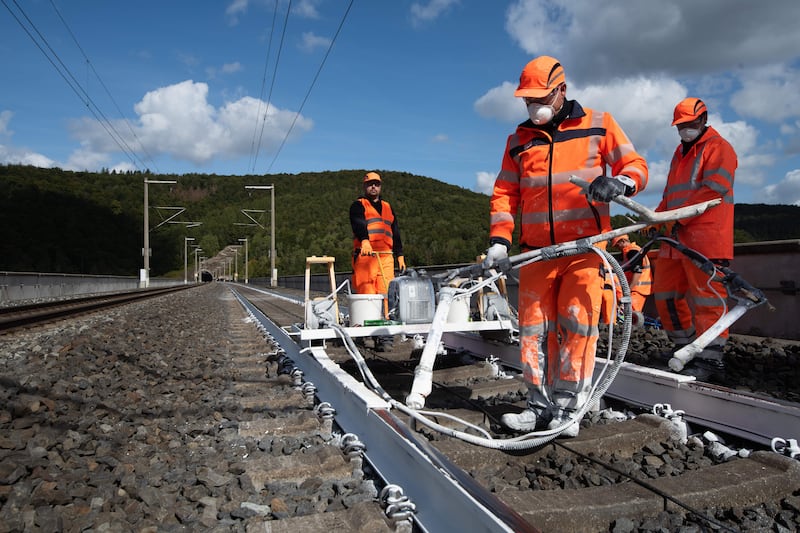
While the jury might be out on the benefits of white roads, most urbanists agree that planting trees is one of the best ways to cool cities down — without the danger of reflecting sunlight where it isn’t wanted. Beyond biodiversity benefits, flood mitigation and pollution-scrubbing abilities, trees’ cooling powers come from both shade and transpiration, when the water within the tree is released as vapour through its leaves.
One study in Manchester found that street trees reduced surface temperatures by an average of 12 degrees, and that concrete surfaces shaded permanently by a bank of trees were cooled by up to 20 degrees in the summer. A recent Swiss study of almost 300 cities across Europe came to similar conclusions, but it also found that green spaces without trees had a negligible cooling effect — and in some instances treeless green spaces were actually even warmer than the surrounding urban areas, due to the lack of shade. Beware the greenwashers.
Although trickier to implement than greenery, bodies of water also have a powerful cooling effect on cities, through evaporation and by channelling air currents. A study of the River Don, which flows through Sheffield in northern England, revealed that the cooling impact of this small river extended into surrounding areas up to 30m away, especially in green spaces or streets that opened to the river.
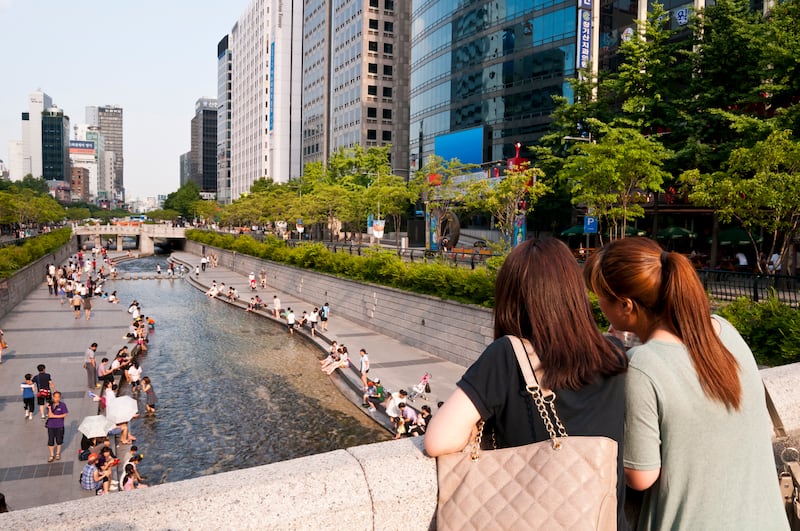
In Seoul, the Cheonggyecheon River was revived in 2005, having been buried beneath an elevated highway since the 1960s. It was found that the temperatures along the waterway are up to 6 degrees lower than on parallel roads a few blocks away — although critics of the $900 million project argue that the location of roads within the cooled zone means that it is cars, not humans, who enjoy the benefits. Paris has also been considering plans to reinstate the buried River Bièvre, a waterway described in 1899 as “oily and black, streaked with acids, dotted with soapy and putrid pustules”, but now seen as a potential climate saviour in a city that saw summer temperatures top 42 degrees in 2019.
When it comes to the design of buildings themselves, most environmental-design measures in England have been focused on keeping draughty homes warm, a task made even more pressing by stratospheric winter fuel bills. The result is that most contemporary housing is designed with scant consideration for rising temperatures.
The proliferation of single-aspect flats (with windows on just one side) leaves no possibility for cross ventilation, while lower ceilings, large amounts of glazing and communal heating systems all add to the furnace feeling, and enhanced insulation means it’s now much harder for heat to escape once a flat has heated up.
Other building regulations have brought their own unintended consequences. For example, the need to ensure that communal outdoor space receives enough direct sunlight at certain times of the year has spawned many developments with apartments that are oriented east-west, and therefore prone to overheating, as the sun is lower in the sky at these directions and shines straight through the windows.
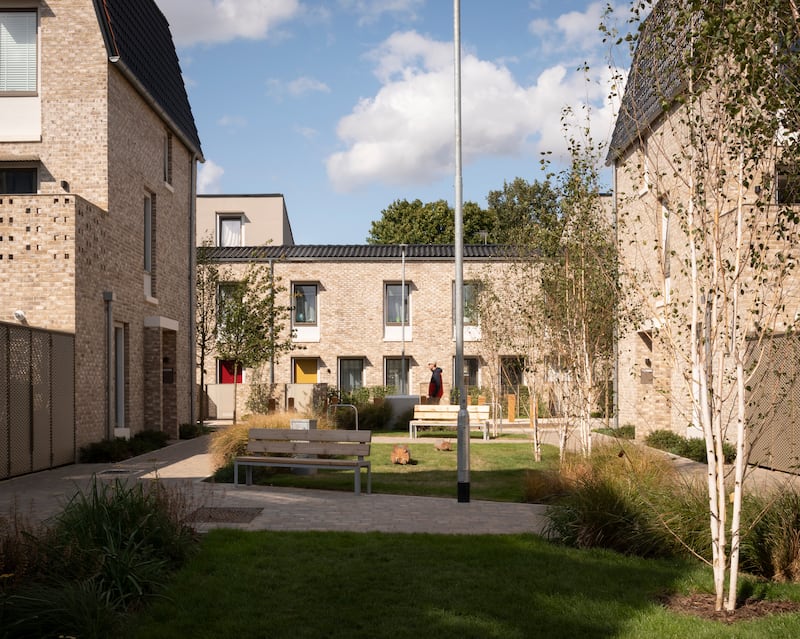
“The guidance has always been about maximising daylight and sunlight as an asset,” says Annalie Riches, architect of the Stirling prize-winning Goldsmith Street low-energy social housing in Norwich.
“But it hasn’t really acknowledged the problem with having too much of it.”
At Goldsmith Street, they ensured the homes were oriented north-south, and added horizontal shades above the south-facing windows, like the peak of a cap. Such features are likely to become ever-more common, with external shutters, blinds and louvres preventing too much direct summer sunlight from reaching the window in the first place.
As Rachel Harris of the Architects Climate Action Network argues, the future will not be about high-tech mechanical solutions but about getting the basics right, learning from vernacular techniques that have been tried and tested for centuries.
“If orientation, shading and air flow are done right,” she says, “we should be able to keep people comfortable, even in increasingly extreme climates — without the need to reach for the aircon switch.” — Guardian
